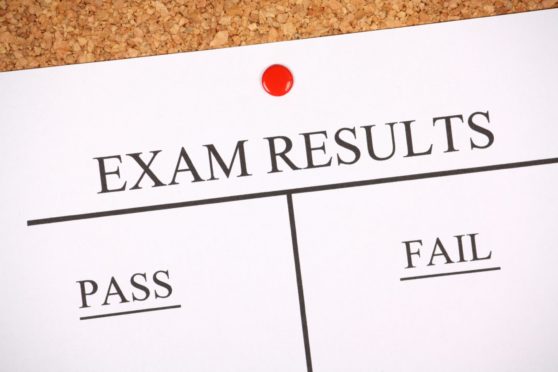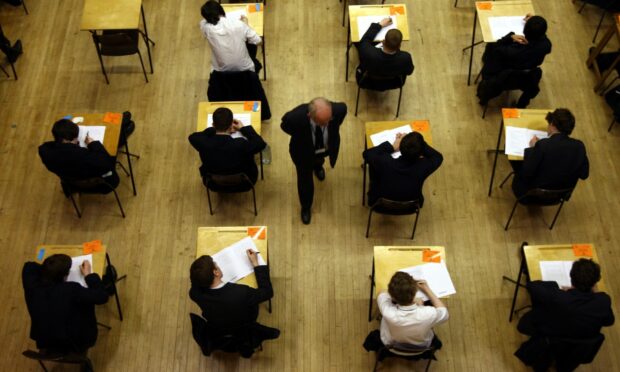Secondary school attainment based on Highland Council exam results will be under the microscope at Wednesday’s education committee.
A detailed report shows a generally positive trend in exam results. However, it also reveals that Highland is lagging behind the national average in Higher exam results. More worryingly, those results do not appear to be improving.
Unusual year
The attainment and scrutiny report going before members tomorrow does offer some caveats. First of all, they reflect an extraordinary year in which the pandemic prevented normal exams from taking place. As such, the results are based on the alternative certification model developed by the SQA.
The Scottish Government has advised against comparing 2019/20 data with other years because of the different attainment patterns. For that reason, the council report excludes 2020. Results compare 2021 with 2019, 2018 and 2017.
The report focuses on the senior phase of school – that’s S4-S6 – and on attainment at SCQF Level 5 (National 5 or equivalent), Level 6 (Higher or equivalent) and Level 7 (Advanced Higher or equivalent including HNC).
S4 results are improving
Looking across attainment in S4, S5 and S6, Highland is generally a little behind the national average.
In S4, the number of pupils achieving five or more awards at Level 5 is 48%. That’s 6% lower than the national average and 3% behind the ‘virtual comparator’ – a local authority selected because it has similar characteristics to Highland.
The gap closes a little for pupils achieving three or more awards – 68% against a national average of 70%. For one or more awards, it’s bang on the national average at 85%.
Attainment in S4 is also improving at every level.
Senior phase is behind – and getting worse
The issues appear to settle in at the senior phase. In S5, the number of pupils achieving five or more awards at Level 6 (Higher) is just 18%. This is well behind the national figure of 25%. It’s also 5% behind the virtual comparator.
More concerningly, progress seems to have stalled. Highland had recorded an improvement, from 16% in 2018 to 19% in 2019. The latest results have slipped back again.
Performance is slightly better for S5 pupils achieving three or more awards at Level 6 (42%) and one or more (64%). These scores are only a couple of percentage points behind the national average, and they’re improving.
However, attainment in S6 is also well behind. The number of pupils gaining five or more awards at Levels 6 and 7 is 34%. This contrasts with 40% at the virtual comparator and 41% nationally, though Highland Council exam results are improving year-on-year.
Why is Highland behind?
The question of ‘Why?’ will be a key discussion point for tomorrow’s education committee meeting. The report does not offer any answers, stating:
‘There is still work to be done with regard to the 5+ awards at Level 6. There has not been a significant improvement in this measure over the five-year period.’

Part of the answer perhaps lies in deprivation. The report says that Covid has had a particular impact on pupils from disadvantaged families. However, the attainment gap for the poorest pupils on the Scottish Index of Multiple Deprivation has improved at S5 and S6 level.
Additionally, if poverty is to blame, why is performance improving at the national comparator and not in Highland?
Improvement strategy is in place
The report sets out a number of ways in which Highland Council hopes to tackle attainment and exam results.
Strategic planning will take place within the council itself, and at a local level though school improvement plans.
Headteachers will be offered better peer-to-peer support through the establishment of improvement support groupings. They will also be invited to join a working group.
Finally, the council is looking to see what it can learn from good practice in other local authorities.
Progress will be reported back to the education committee in February next year.
More from Schools & Family
Emma and Sophie Thompson back Mary’s Meals campaign
What can Scottish school learn from China?
North school nurses under “immense pressure” due to vaccine load
